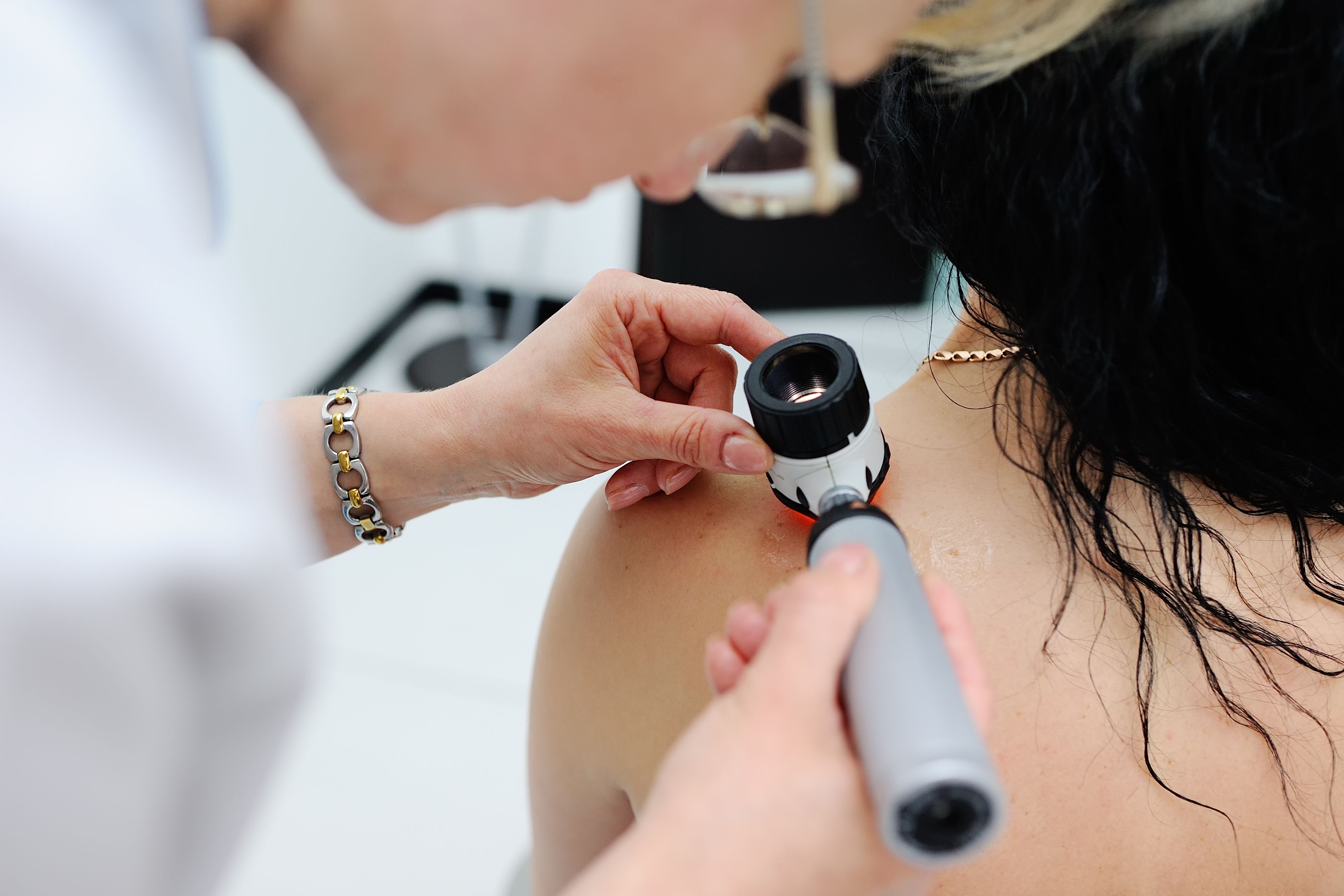- Acne
- Actinic Keratosis
- Aesthetics
- Alopecia
- Atopic Dermatitis
- Buy-and-Bill
- COVID-19
- Case-Based Roundtable
- Chronic Hand Eczema
- Chronic Spontaneous Urticaria
- Drug Watch
- Eczema
- General Dermatology
- Hidradenitis Suppurativa
- Melasma
- NP and PA
- Pediatric Dermatology
- Pigmentary Disorders
- Practice Management
- Precision Medicine and Biologics
- Prurigo Nodularis
- Psoriasis
- Psoriatic Arthritis
- Rare Disease
- Rosacea
- Skin Cancer
- Vitiligo
- Wound Care
News
Article
Ionic Liquids Boost Skin Drug Delivery
Key Takeaways
- Ionic liquids enhance drug delivery into the skin by improving solubilization and permeability, offering a novel approach in dermatological therapeutics.
- CGB-500 demonstrated a 98% improvement in atopic dermatitis severity in a phase 2a trial, with further studies underway.
The innovative technology is unlocking new possibilities in dermatology by improving the solubility and permeability of drugs for topical use.
In a recent interview with Dermatology Times, Samir Mitragotri, PhD, a professor of bioengineering at Harvard University and founder of CAGE Bio, discussed advancements in ionic liquid technology and its application in dermatological therapeutics.
In the interview, Mitragotri described how ionic liquids—liquid salts formed from large organic ions—are being utilized to enhance the delivery of therapeutics into the skin. Unlike traditional salts, which crystallize, ionic liquids remain in liquid form, offering unique properties such as drug solubilization and increased skin permeability. "Our goal has been to really figure out how we can develop a platform which is really potent in terms of enhancing transport of molecules into the skin. At the same time, it's also simple that can be scalable and easily incorporated into the topical products," Mitragotri explained.
This innovation has led to the development of CGB-500, a topical treatment for atopic dermatitis. Mitragotri highlighted the results of a 2023 phase 2a clinical trial, which showed a 98% improvement in the severity index among patients compared to 28% for placebo. The company has since filed an Investigational New Drug application with the FDA and initiated a larger phase 2b study, with findings expected by the end of the year.
CAGE Bio is also exploring other applications of ionic liquids. A program targeting alopecia areata, CGP-501, is slated to begin clinical trials later this year. Additionally, the company is developing a DNA aptamer-based treatment for vitiligo, a novel approach enabled by the ionic liquid platform’s ability to deliver large, complex molecules into the skin. Clinical trials for this first-in-class therapy are expected to commence soon.
Reflecting on these advancements, Mitragotri emphasized the potential of ionic liquids to address long-standing challenges in dermatology. While promising, further clinical evaluations will be critical in determining the long-term efficacy and safety of these therapies.
Newsletter
Like what you’re reading? Subscribe to Dermatology Times for weekly updates on therapies, innovations, and real-world practice tips.













